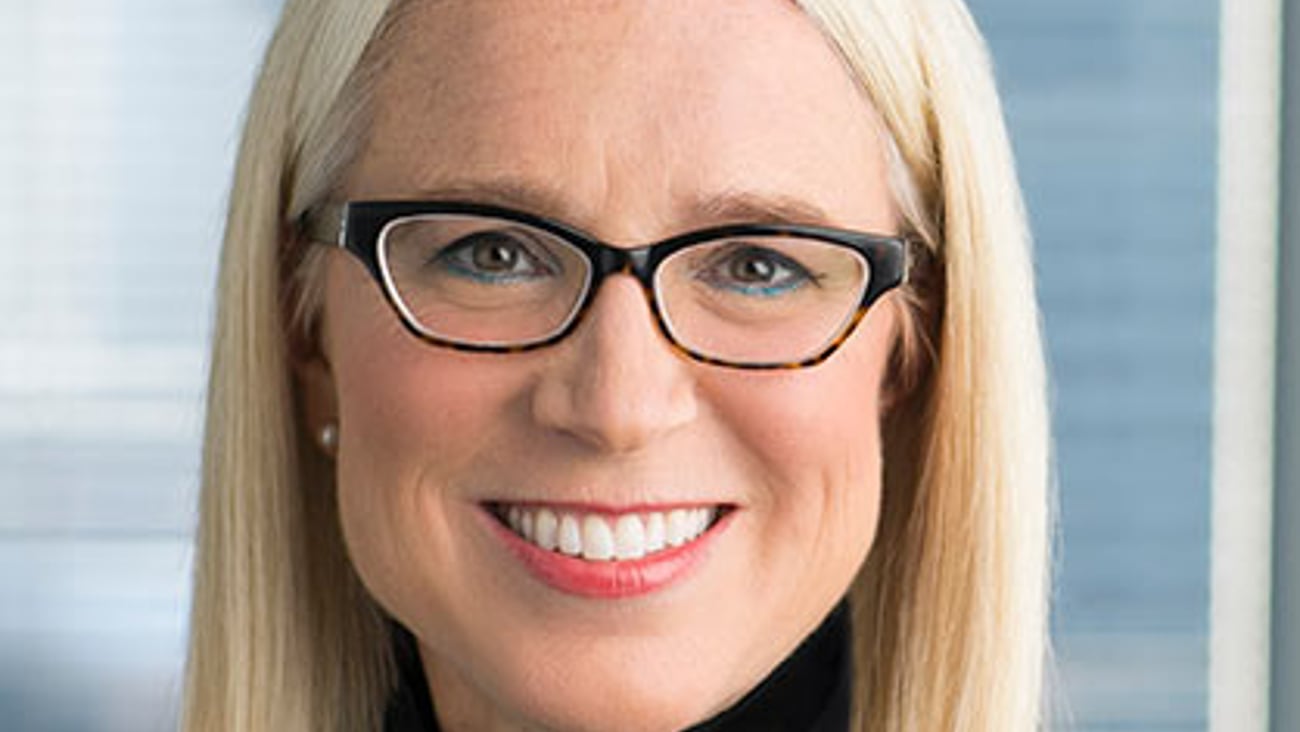How to create the best shopping experience
Today's retail landscape is evolving rapidly, triggering what some are calling a “retail apocalypse.” But recent data shows that couldn’t be farther from the truth.
Contrary to popular belief, the rise of the internet, e-commerce and Amazon isn't driving bricks-and-mortar out of business. In fact, 91 percent of consumers would prefer to shop in-store over online, according to the National Retail Federation. And only a total of 5 percent of U.S. consumer spending is transacted through online retailers.
There are two motivators driving this trend: emerging technology, and shifts in consumer shopping demands and preferences.
Creating personalized experiences
Retailers will succeed in the next generation of retail by driving purchases around consumer trends and promotional programming — tapping into the changing consumer to maximize every experience. Every consumer purchase is always proceeded by an emotional trigger and successful retailers are experts at delivering against shoppers ever-changing preferences and demands. Every human experiences the world by using their five senses, and only bricks-and-mortar retail can engage all aspects to provide meaningful shopping enjoyment.
Seamless shopping
Shoppers are still waiting for a seamless experience, where they can shop whenever and wherever they want. This is known as an omni-channel shopping process. They want retailers to support their use of mobile, provide a faster checkout, and streamline shopping online and offline.
Walmart is a great example of how seamless shopping is done right. The retailer has over 1,000 stores, reaching more than 70 million customers in their “Online Grocery Pickup” program. The program allows shoppers to order their groceries online or via mobile app, be able to pick up their orders in one hour and have Walmart employees load the purchases curbside without leaving their car. Walmart is making large investments to bring new innovations to their shopper base and have successfully merged technology, convenience and a large bricks-and-mortar presence. The goal is to integrate “clicks to bricks and back again” for future consumer satisfaction.
Developing brand loyalists
To successfully convert customers into brand loyalists, retailers must know their audience. Leveraging metrics and shopper data will enable informed decisions about your consumers and how best to communicate with them throughout their shopping journey. Consumers want to get recommendations and deals based on previous purchases and be rewarded appropriately for their loyalty. They also want products that are customizable and sales staff that understand what they need beyond generic specials and coupons. This type of personalization helps retailers develop trust, form relationships and create return customers.
We’ve seen retailers continue to advance their approaches to shopping, delivery, in-store experiences and tech-enabled commerce in an effort to meet the demands of today's shoppers. The leading retailers of today and the future will be the ones tha are able to strike the right balance between innovation and value that best engages the consumer and provides the most memorable shopping experiences.
Erik D. Rosenstrauch is president and CEO of FUEL Partnerships, a retail marketing agency. He learned the art of marketing by leading some of the world’s largest retail consumer brands in Tostitos, Craftsman and Ruffles. For the past seven years FUEL Partnerships. For more information about FUEL Partnerships, visit www.fuelpartnerships.com.




